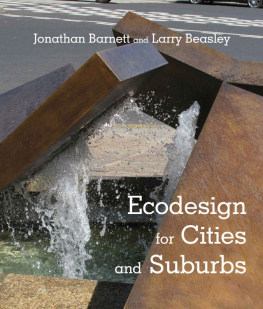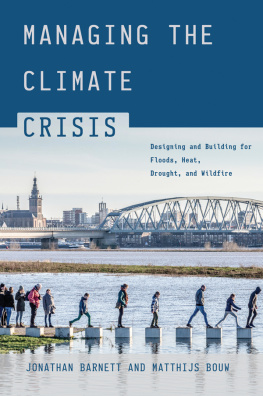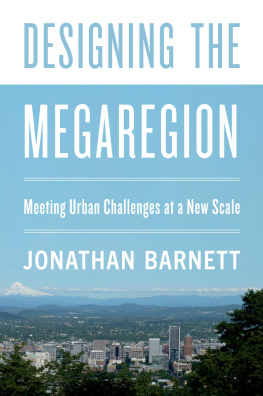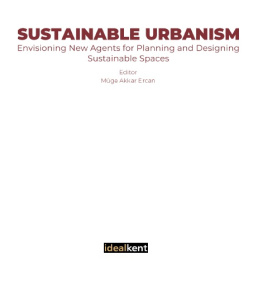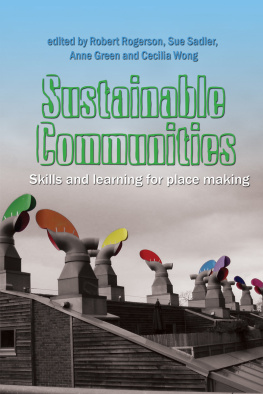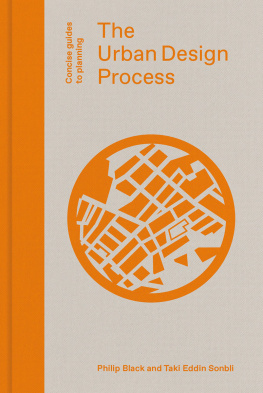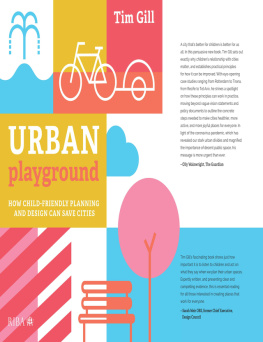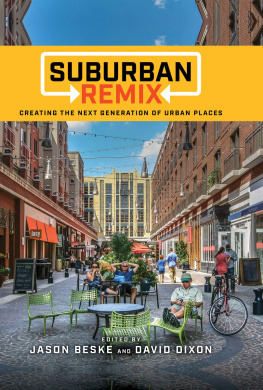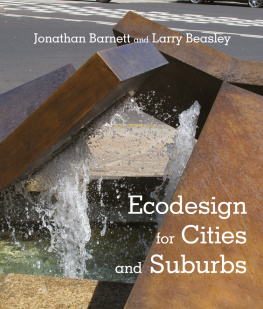About Island Press
Since 1984, the nonprofit organization Island Press has been stimulating, shaping, and communicating ideas that are essential for solving environmental problems worldwide. With more than 800 titles in print and some 40 new releases each year, we are the nations leading publisher on environmental issues. We identify innovative thinkers and emerging trends in the environmental field. We work with world-renowned experts and authors to develop cross-disciplinary solutions to environmental challenges.
Island Press designs and executes educational campaigns in conjunction with our authors to communicate their critical messages in print, in person, and online using the latest technologies, innovative programs, and the media. Our goal is to reach targeted audiencesscientists, policymakers, environmental advocates, urban planners, the media, and concerned citizenswith information that can be used to create the framework for long-term ecological health and human well-being.
Island Press gratefully acknowledges major support of our work by The Agua Fund, The Andrew W. Mellon Foundation, Betsy & Jesse Fink Foundation, The Bobolink Foundation, The Curtis and Edith Munson Foundation, Forrest C. and Frances H. Lattner Foundation, G.O. Forward Fund of the Saint Paul Foundation, Gordon and Betty Moore Foundation, The JPB Foundation, The Kresge Foundation, The Margaret A. Cargill Foundation, New Mexico Water Initiative, a project of Hanuman Foundation, The Overbrook Foundation, The S.D. Bechtel, Jr. Foundation, The Summit Charitable Foundation, Inc., V. Kann Rasmussen Foundation, The Wallace Alexander Gerbode Foundation, and other generous supporters.
The opinions expressed in this book are those of the author(s) and do not necessarily reflect the views of our supporters.
Ecodesign for Cities and Suburbs
Jonathan Barnett and Larry Beasley

Copyright 2015 Jonathan Barnett and Larry Beasley
All rights reserved under International and Pan-American Copyright Conventions. No part of this book may be reproduced in any form or by any means without permission in writing from the publisher: Island Press, 2000 M Street, NW, Suite 650, Washington, DC 20036
Island Press is a trademark of Island Press/Center for Resource Economics.
Library of Congress Control Number: 2014954410

 Printed on recycled, acid-free paper
Printed on recycled, acid-free paper
Manufactured in the United States of America
10 9 8 7 6 5 4 3 2 1
Keywords: alternative energy sources, balanced transportation, bicycle and pedestrian access, bicycle facilities, building massing and orientation, Bus Rapid Transit, climate change, edges, high speed rail, mixed-use development, multifamily site design, open-space and landscape design, parking, pedestrian network, solar access, street design, street network, suburban commercial development, suburban retrofits, sustainability, transportation, urban design, urban growth, urban parks, urban planning, urban policy, walkable communities, zoning
To Nory
Jonathan Barnett
To my partner, Sandy, first and foremost
To my mentor, Ray
To my friend, Bob
and
In memory of Miss Marion Campbell
Larry Beasley
Contents
Ecodesign: Changing the Urban Growth Model
A great irony of modern times: As the majority of people in the world have shifted to living in cities, we have evolved a form of city that is not very hospitable to our everyday needs. As we blanket the world with these cities, we have evolved a form of urbanization that is not compatible with our environment. Our settlements and their settings are in a state of profound contradiction. The more people move to cities and suburbs, the less satisfactory they become, and they place increasing stress on the operating system of our whole planet. Ultimately, this is a dangerous situation.
Legislation and public awareness of sustainability have produced big improvements in air and water quality, but there are still massive problems, especially with carbon emissions. There is huge skepticism about whether it is possible to do anything about these problems without hurting the economy and making it difficult to accommodate necessary growth.
New kinds of urban design plans and guidelines that shape development, preserve and restore older areas, and construct well-liked public places have made many cities more livable; but most real-estate investment still produces routine structures that do little to create attractive places, and urban growth continues to destabilize the natural landscape and spread out cities far more than is necessary.
In developed countries, new construction almost always takes place after a complicated and often contentious official approval process. What then gets built frequently follows simplistic development templates that ignore the rich diversity of human needs and the complex forces of the natural environment. Too often, people assume that political gridlock and real-estate market forces make a more sustainable and livable growth model impossible.
We dont agree, for two reasons.
First of all, urban growth is produced by the interaction of many component parts, and each of these components has been significantly improved somewhere. If all these improvements could be put together, they would produce a far different and superior growth pattern. Some places have gone further and now have improved growth templates already in operation, at least at a district level. In this book, we have assembled the component parts of a superior growth model from innovations that have already become reality. The political and economic feasibility of the examples we describe has thus already been established.
Our second reason is that climate scientists, who once warned about changes by the end of this century, now tell us that significant change is under way right now, bringing more and bigger storm surges to coastal and river cities, more droughts endangering food supplies and causing drinking-water shortages, and more forest fires in inhabited areas. Adapting to climate changes already under way and preventing the worst future climate change scenarios make protecting natural systems and reshaping real-estate development an immediate, urgent problem, not just an issue for future generations.
An Example of Improved Sustainability and City Design
In one place, at least, an improved growth model started with a very simple idea: to bring homes and workplaces closer together. Back in the 1980s in Vancouver, on Canadas west coast, in a delta crisscrossed by branches of its river and by many inlets from the sea, there was a big worry about huge costs for new roads and bridges. Civic leaders decided it would be cheaper and easier to cluster population growth into a few dense town centers than pay for the expensive infrastructure needed to support sprawl. They believed that this was especially relevant in the inner city where most jobs were located. This inner city sits on a large peninsula, and it had lots of room to grow by replacing obsolete rail yards and industrial areas. The idea took off and morphed into a rich and full vision of a fresh way to live in North America, adding progressive notions about livability, environmental compatibility, fiscal management, entrepreneurial governance, and inclusive public engagement as well as an emphasis on elegant urban design. Then, in the early 1990s, an influx of new investment turned these ideas into action, and the whole inner city was quickly and dramatically transformed, creating what has been popularly dubbed Vancouverism.
Next page
